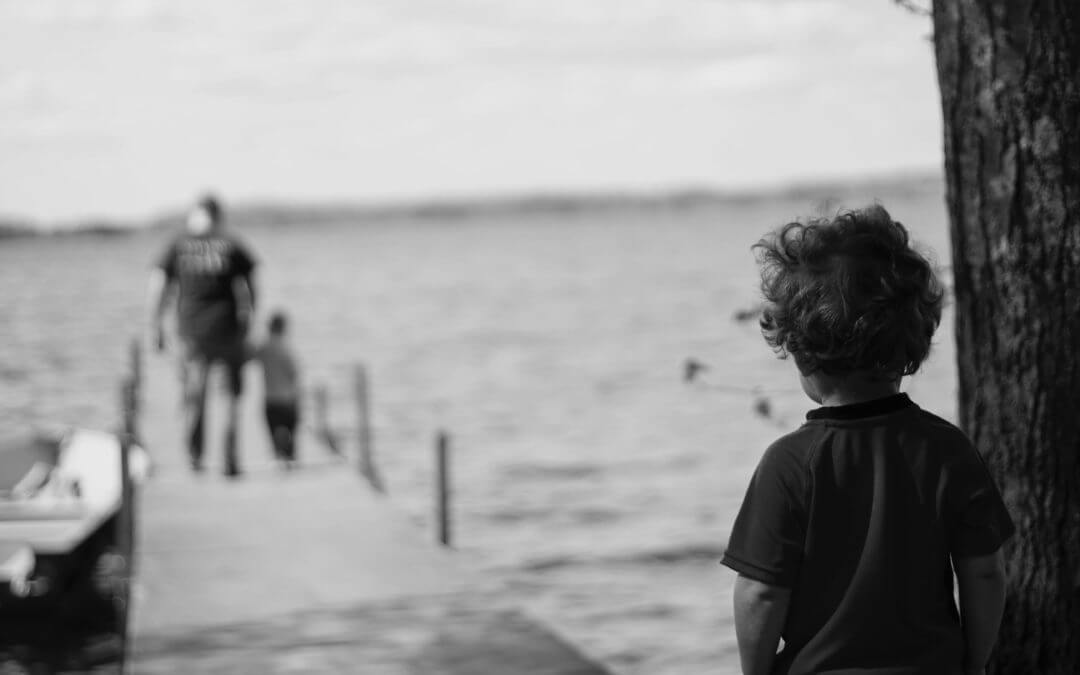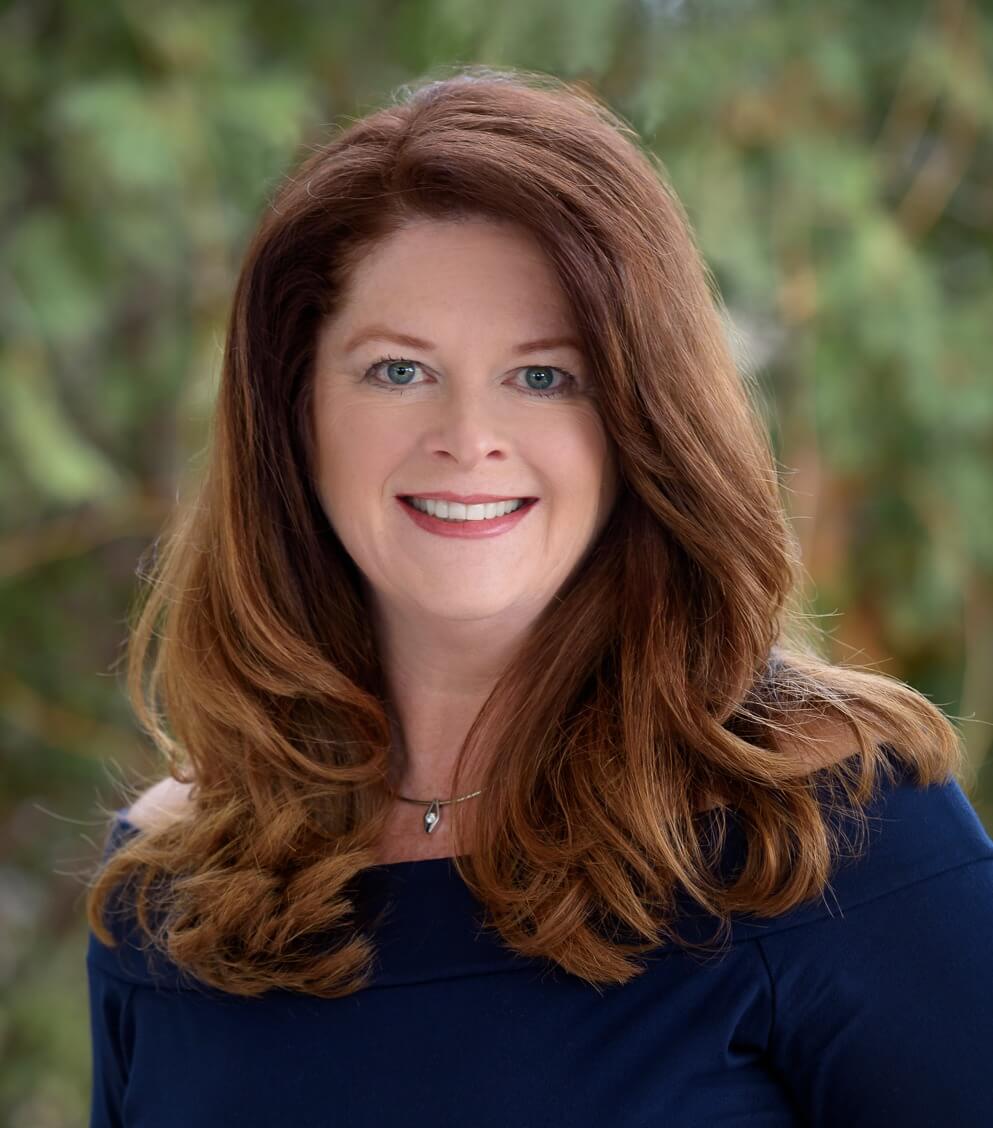Everyone experiences anxiety in some form throughout their life. It is a natural reaction when we are faced with circumstances that are perceived as threatening or uncertain. There are age-appropriate anxiety responses that many children experience. For example, children are often anxious on that first day of school or when moving to a new town. It is when anxious behavior becomes excessive or continues long past the typical age of appearance that problems arise. Below is a list of common childhood fears and the age of onset.
UNDER AGE 2
- Fear of strangers
- Separation anxiety from primary caregivers
- Fear of unfamiliar stimuli (loud noises, objects that suddenly appear)
2 – 4 YEARS
- Fear of animals
- Fear of the dark
- Fear of sleeping alone
5 – 7 YEARS
- Fear of bodily harm or injury
- Fear of “bad” people
- Fear of thunder and lightening
- Fear of monsters
8 – 9 YEARs
- Fears related to media events (airplane crash or natural disaster)
- School performance anxiety
- Fear of death (their own or someone close to them)
These common fears may last for several years but eventually subside with consistent support and attention from caregivers. However, when anxiety symptoms strengthen as a child ages – such as excessive worry, avoidance and responses that are out of proportion to the perceived threat (crying, tantrums, etc.) – problems arise. When these anxiety symptoms cause considerable distress to the child and the family or interfere with a child’s ability to function, then it may be time to seek help. Studies show that 30% of children and adolescents will meet the criteria for an anxiety disorder at some point but 80% will never receive treatment. Counseling can help reduce anxiety in children before it becomes a more significant problem into adolescence and adulthood.
Contact me to schedule a session to assess your child’s level of functioning and discuss a plan to improve your child’s and your family’s well-being.


